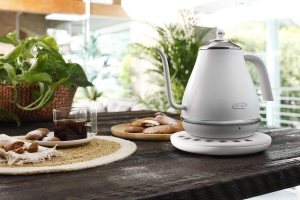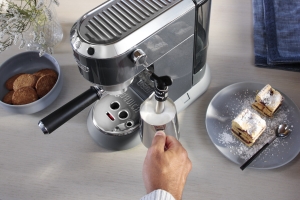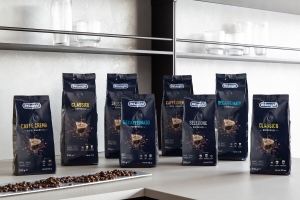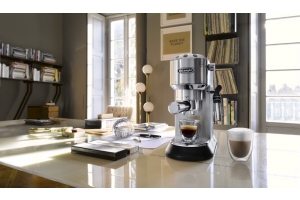Monthly Archives: June 2020
-
Posted: June 24, 2020Categories: The BeanRead more »
A new bag of coffee beans from the supermarket doesn’t guarantee freshness. One common mistake that most of us make is checking the expiry date and overlooking the roasting date; it’s the one detail that makes the difference between a perfect cup of coffee and one that falls flat. What’s so important about checking the roasting date? Do coffee beans freshly retrieved directly from the roaster have the best aroma and taste? We find out.
What happens during the coffee roasting process?
During the roasting process, carbon dioxide is one of the major gases that form within the bean. This is due to the heat that catalyses chemical reactions, breaking down the complex carbohydrates into smaller molecules which causes browning of the beans. As the roasting continues, carbon dioxide is slowly released during a crucial process known as degassing.What happens after coffee is roasted?
[caption id="attachment_8428" align="alignnone" width="2560"] A coffee bean that has been degassed to perfection will produce a flawless-looking crema layer. Photo from Thom Holmes.[/caption] Shortly after roasting stops, degassing is accelerated and the conversion of sugar happens. But the presence of carbon dioxide in the bean plays a prominent role in the bean’s quality, the coffee extraction, and crema formation. Every roaster’s challenge is to ensur
A coffee bean that has been degassed to perfection will produce a flawless-looking crema layer. Photo from Thom Holmes.[/caption] Shortly after roasting stops, degassing is accelerated and the conversion of sugar happens. But the presence of carbon dioxide in the bean plays a prominent role in the bean’s quality, the coffee extraction, and crema formation. Every roaster’s challenge is to ensur
-
Posted: June 17, 2020Categories: Coffee 101
-
Posted: June 10, 2020Categories: Coffee 101
-
Posted: June 03, 2020Categories: The BeanRead more »
One of the most common questions asked about coffee is: does it expire? Well, technically no, coffee doesn’t have a fixed expiry date. However, that doesn’t mean that your 6-month old coffee bean will make the same tasting coffee from a freshly roasted bean. So how long do coffee beans and grounds last, and how do we store them properly to ensure maximum freshness? We explain below.
Rule of Thumb
Essentially, the finer the grind, the shorter the shelf life of your coffee ground. But that doesn’t mean that a whole coffee bean is safe from the elements. The moment coffee beans are roasted, they gradually lose their flavour due to oxidation, heat, light, and moisture in the air. The way you store your beans or ground also plays an important factor on the speed at which they lose their aroma and flavour profiles.Roasted Coffee Beans
[caption id="attachment_8230" align="alignnone" width="1500"] Consider buying your next batch of coffee beans from specialty cafes or small-batch roasters for fresher beans. Photo from Leilani Angel.[/caption] When purchasing roasted beans, always check the roasting date as its average life span is approximately 4 to 5 weeks. We are familiar with store-bought beans having an expiry date of 12-24 months, which is why they tend to produce less satisfactory brews than our favourite cafes. Consider getting your beans from small-batch roasters that only roast a few kilos of beans each time to ensure none are left on the shelf by the end of the day. Another alternative is specialty cafes like
Consider buying your next batch of coffee beans from specialty cafes or small-batch roasters for fresher beans. Photo from Leilani Angel.[/caption] When purchasing roasted beans, always check the roasting date as its average life span is approximately 4 to 5 weeks. We are familiar with store-bought beans having an expiry date of 12-24 months, which is why they tend to produce less satisfactory brews than our favourite cafes. Consider getting your beans from small-batch roasters that only roast a few kilos of beans each time to ensure none are left on the shelf by the end of the day. Another alternative is specialty cafes like










